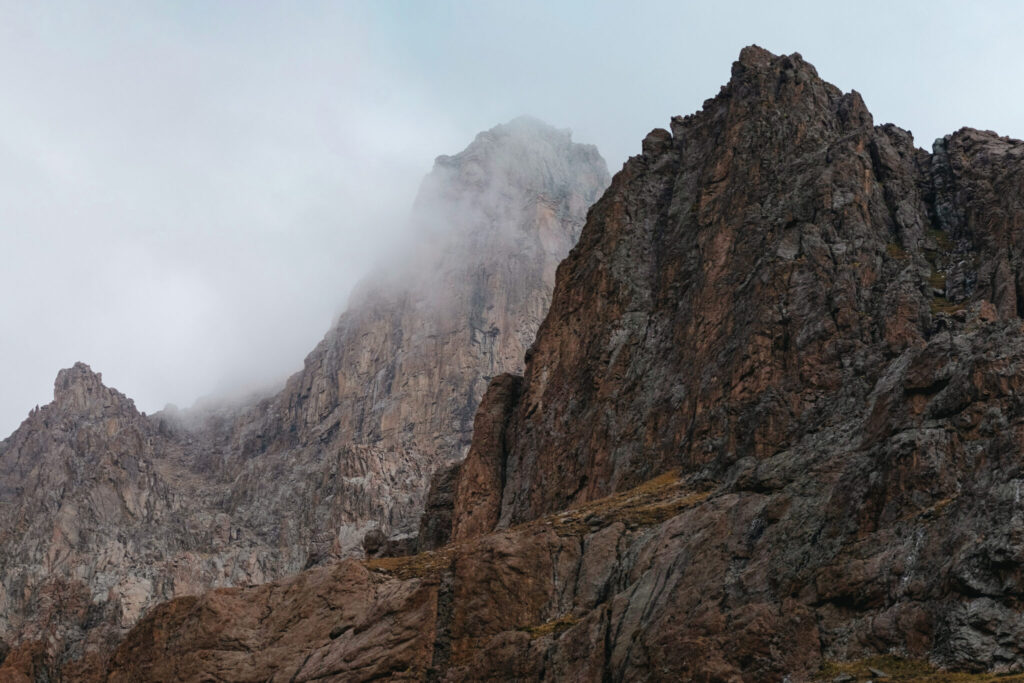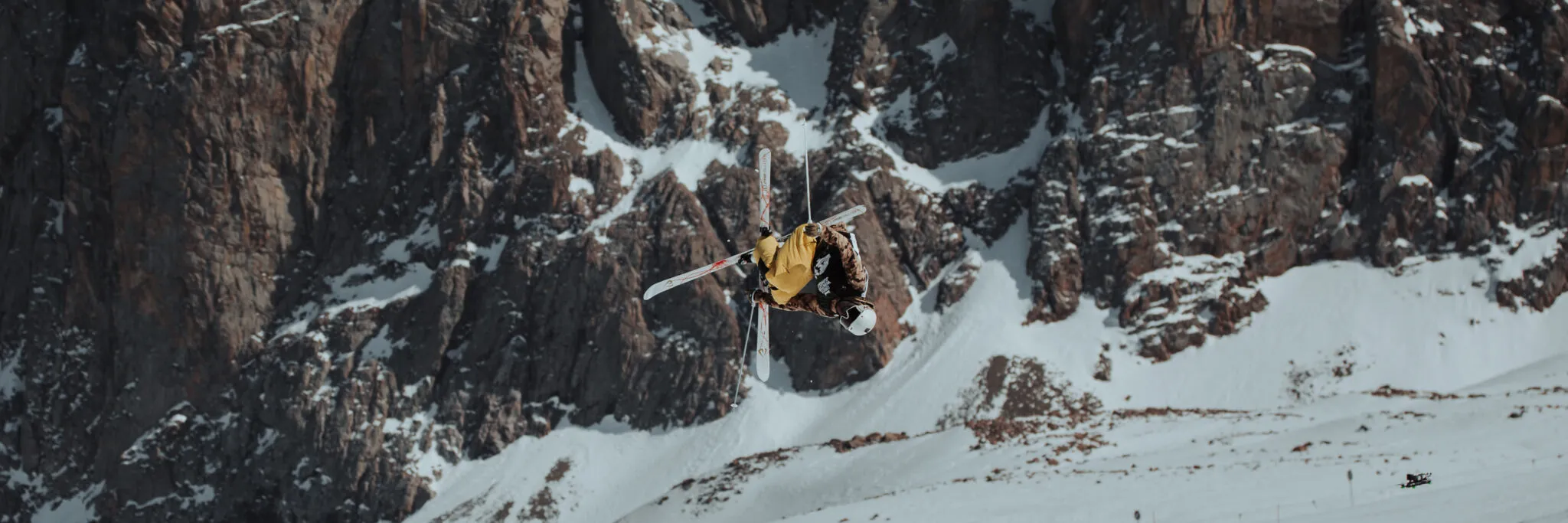Specifications of the SIGMA 100-400mm f/5-6.3 DG DN OS | Contemporary
The SIGMA 100-400mm f/5-6.3 DG DN OS was released in 2020 and recently saw an expansion in its available mounts, including L-Mount, Sony E-Mount, and Fujifilm X-Mount. Here’s a brief overview of its main technical specifications:
- Focal Length Range: 100 – 400 mm
- Aperture: f/5 – 6.3, with a minimum aperture range of f/22 – 29, featuring 9 aperture blades
- Construction: 22 elements in 16 groups
- Minimum Focusing Distance: 112 – 160 cm
- Weight: 1,135 grams
These specifications highlight the lens’s versatility and capability in various shooting conditions, providing a solid option for photographers seeking a reliable telephoto zoom lens.

Impressions of Using the SIGMA 100-400mm f/5-6.3 DG DN OS | Contemporary
My first impression of the SIGMA 100-400mm f/5-6.3 DG DN OS was, “This is serious gear.” The weight and size of the lens clearly indicate its telephoto nature. The build material feels premium to the touch, with no play, unwanted noises during operation, or spontaneous dropping of the lens barrel when carried vertically—everything feels and functions as it should. The abundance of control elements (focus mode switch, autofocus button, stabilization mode, focus range limiter) reinforces the feeling of a high-quality build.
However, I was somewhat disappointed by the lack of a tripod mount included with the lens, which is an additional $130 accessory. Despite its lighter weight compared to other similar lenses, the SIGMA 100-400mm f/5-6.3 DG DN OS is not exactly lightweight. During my testing in the mountains, the absence of a tripod mount became more apparent, as it is often more convenient to use when carrying a camera with long-focus optics.

I used the SIGMA 100-400mm f/5-6.3 DG DN OS with my Fujifilm X-T4, and I will focus primarily on the characteristics of using this lens with this system. However, it can be assumed that the experience with other camera systems will be similar.
As many photographers, I was initially concerned with the image quality. I was a bit surprised at first to find that the lens, when used with the default settings on my camera (all values set to zero and standard film profile), produced images with relatively low contrast. On one hand, this isn’t necessarily a drawback—lower contrast can be beneficial as it allows for more flexibility in post-processing, capturing more details in the shadows and highlights. However, I’m accustomed to adjusting settings on the fly during shooting, so I increased the contrast by one notch.
This adjustment made a noticeable difference: colors became more vibrant, and shadows deepened significantly. I wouldn’t classify this as a significant drawback; rather, it seems to be a characteristic of my camera’s sensor or possibly a matter of personal preference. Nonetheless, it’s worth mentioning for those considering this lens with a similar setup.


One aspect that definitely did not cause me any concern was the sharpness of the image. Previously, I used the Fujinon XF 55-200mm F3.5-4.8 R LM OIS, and I find that the Sigma lens produces noticeably sharper images. This is particularly important when photographing subjects like birds, where capturing every detail of the feathered creature is crucial.
I also experienced no issues with contrast in challenging lighting conditions, whether shooting in bright sunlight or backlighting. The lens hood effectively handles flare, and I didn’t encounter any “ghosting” issues in any of my shots, even without the hood. Additionally, chromatic aberrations were not a problem, contributing to the overall high image quality of the lens.

The autofocus performance of the SIGMA 100-400mm f/5-6.3 DG DN OS | Contemporary is worth highlighting. In high-contrast scenes, the autofocus operates very efficiently, keeping the subject in focus during both single-shot and continuous shooting modes, which is a significant advantage. Eye autofocus also works exceptionally well, enhancing its versatility for various shooting scenarios.
However, there is an important caveat: when the scene becomes cluttered with multiple objects or if the lighting conditions are low contrast and/or uneven, the autofocus can struggle and become unreliable. This is a consideration for photographers who shoot in challenging lighting conditions, such as night photography or concerts. In such situations, it is advisable to use either a combined autofocus approach (utilizing the focus button on the lens with priority on shutter release) or to manually focus, which, though effective, might not always be convenient.


The SIGMA 100-400mm f/5-6.3 DG DN OS | Contemporary is notably resilient to rain and dust, thanks to its effective weather sealing. This durability adds significant value given the price, though it may take some time to get used to the fact that the closest ring controls focus, while the outer ring manages zoom.
Special Considerations: Sports, Journalism, and Wildlife
The lens has its specific strengths and limitations. It is not ideally suited for portrait photography, as the available focal lengths combined with cropped sensors can significantly alter the perception of the subject’s face. Similarly, for macro or close-up photography, the minimum focusing distance of one meter can be limiting.
However, the lens excels in reaching distant subjects, which is often crucial for sports photography, journalism, or wildlife photography. With its fast autofocus and tracking mode, the SIGMA 100-400mm f/5-6.3 DG DN OS proves to be an excellent tool for capturing key moments during a game, identifying faces in a festival crowd, or photographing an eagle diving to catch a fish from a turbulent river. The two-step optical image stabilization system is particularly useful for these scenarios.
Additionally, this lens will appeal to spotting enthusiasts and aerial photographers. It might also be useful in street photography if you prefer to capture candid moments from a distance without intruding directly.

Conclusion
In terms of price-to-performance ratio, the SIGMA 100-400mm f/5-6.3 DG DN OS stands out as my personal favorite, especially considering the cost of similar optics from Fujifilm with comparable parameters. While the lens does have its specific quirks that can narrow its range of uses, it is designed for particular purposes where it performs exceptionally well.
Pros:
- Sharp Image: Delivers crisp, detailed images.
- Fast Autofocus: Performs excellently in high-contrast scenes.
- Lighter Weight: Compared to competitors, it’s more manageable.
- Weather-Sealed: Dust and water-resistant for reliable performance in various conditions.
- Affordable: Priced lower than similar optics from other brands.
- Multiple Controls: Offers a range of controls for enhanced usability.
- Advanced Stabilization: Features a two-step optical image stabilization system.
- High Build Quality: Sturdy and well-constructed.
Cons:
- No Included Tripod Mount: The tripod collar must be purchased separately.
- Focus Ring Position: The focus ring is positioned at the front, which can be less convenient.
- Autofocus Issues in Low Contrast: Autofocus may struggle in challenging lighting conditions, such as scenes with flashing lights.
Overall, the SIGMA 100-400mm f/5-6.3 DG DN OS is a robust and capable lens that offers excellent value for money, particularly suited for specialized tasks in sports, wildlife, and outdoor photography.

